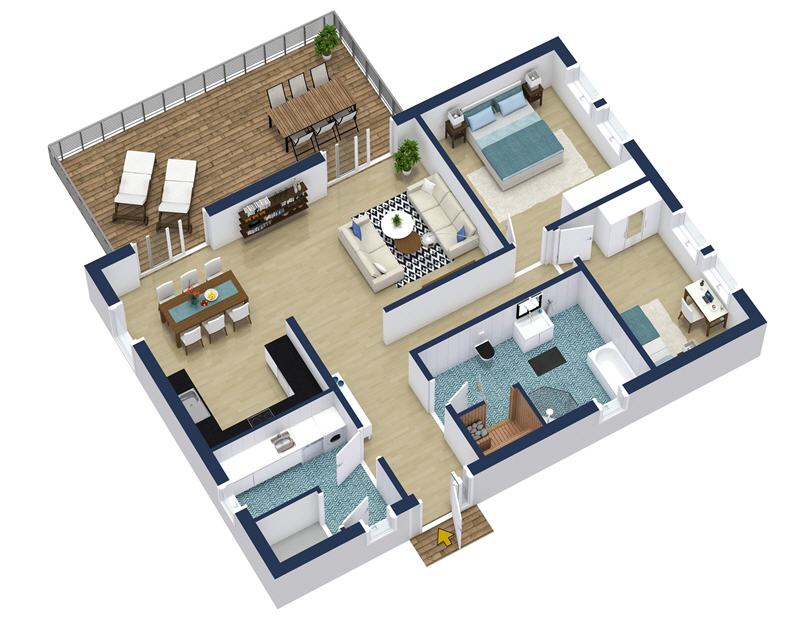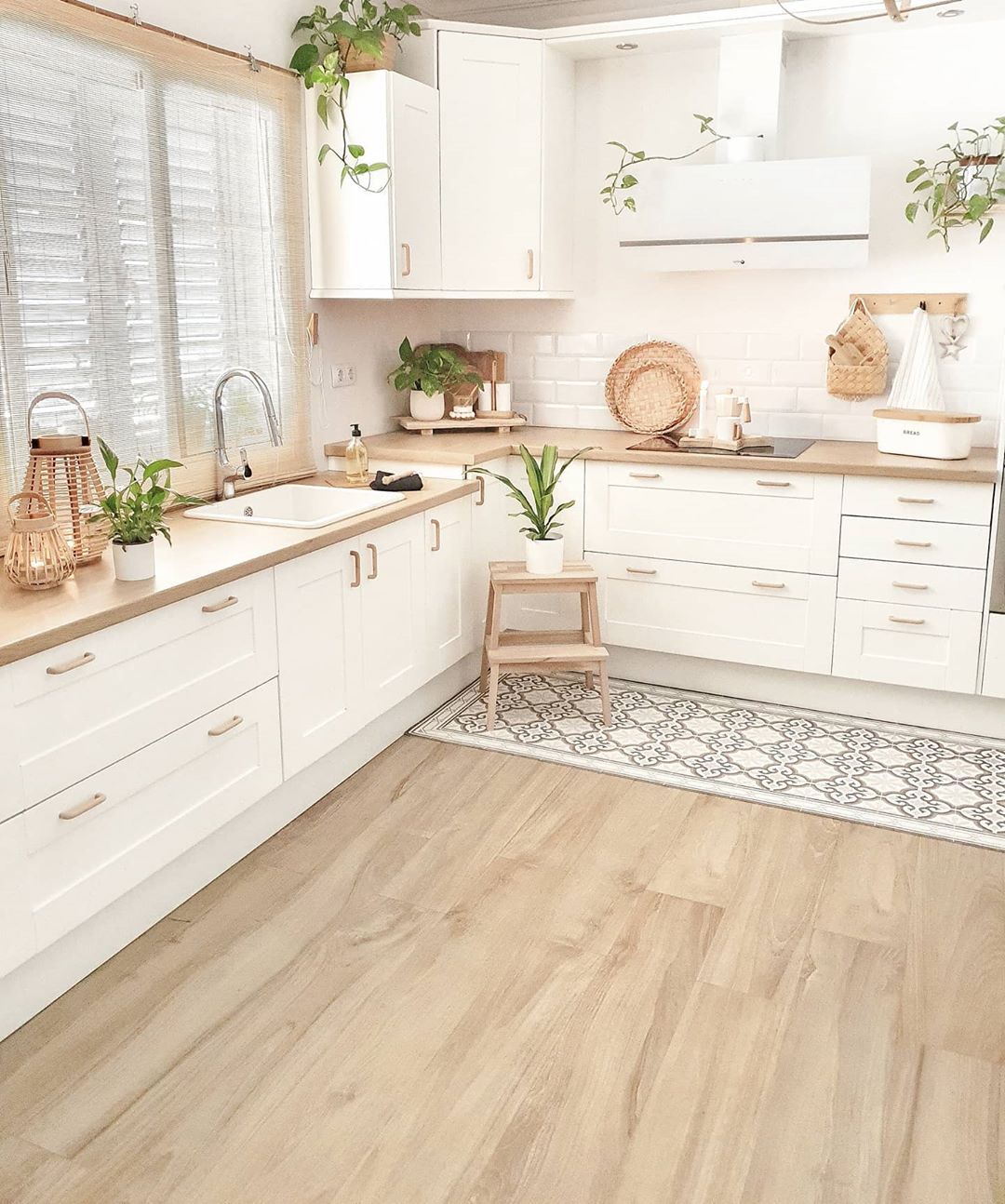
Are you looking for ways to get your next project off the ground? A floor plan designer can help you bring your vision to life. Whether it’s a new home, office, or other space, a floor plan designer can help you plan out the layout, develop a design that works for you, and provide you with the technical drawings and other information you need to get your project going. In this blog, we’ll look at how a floor plan designer can help you with your project and what kind of services they provide.
What is a Floor Plan Designer?
A floor plan designer is a professional who creates detailed plans for residential or commercial building layouts. Floor plan designers work with clients to understand their specific needs and develop plans that meet the client’s desired requirements. They use computer-aided design (CAD) software to create detailed scale drawings that indicate the size and location of each room, as well as the placement of windows, doors, closets, and other features.
Some of the services a floor plan designer can provide are:
- Creating custom floor plans from scratch
- Developing detailed blueprints for existing spaces
- Rendering 3D floor plans for visualizing the space
- Designing plans with specific furniture and fixtures
- Making adjustments to plans based on customer feedback
- Incorporating interior design elements into plans
- Creating detailed drawings for contractors and builders
- Accurately measuring existing spaces
- Utilizing CAD software for creating plans
Floor plan designers often need to consult with clients to ensure that the plans are accurate and meet the desired goals. Floor plan designers also need to understand building codes and regulations to ensure the plans are compliant with local laws.
Anything and everything that needs to be understood about remodeling floor plans, your designer should be an expert.
Creating Custom Floor Plans From Scratch
A floor plan designer can create a custom floor plan from scratch by first gathering information and measurements from the space they are designing. They will then draw a basic outline of the area including walls, doors, windows, and any other structural components.
- Gather information about the client, such as their needs and preferences for the space
- Identify the dimensions of the space and draw the basic outline of the floor plan
- Determine the main functional areas of the space and draw them in, such as bedrooms, bathrooms, kitchen, etc.
- Consider the flow of the space and decide on the best layout for the functional areas
- Include features such as doorways, windows, stairs, and other elements
- Incorporate the client’s personal touches and desired features, like built-in cabinetry, fireplaces, and other unique items
- Add in furniture, rugs, and other décor elements
- Review the plan to ensure it meets the client’s requirements and the building code regulations
- Present the final plan to the client for approval
After this, the floor plan designer can begin to incorporate furniture and other design elements such as lighting and wall decor. They will then design the traffic flow and placement of furniture to ensure that the space is comfortable and functional. Finally, they will add any necessary details such as electrical outlets, fireplaces, and heating and cooling systems. With a custom floor plan, a designer can ensure that the plan they create fits the needs of the client and is tailored to their exact specifications.
Developing Detailed Blueprints for Existing Spaces
A floor plan designer can develop detailed blueprints for existing spaces by first creating a floor plan that accurately reflects the existing space and its features. This includes taking precise measurements of the room and noting any obstacles, such as walls, pillars, and furniture.
- Take measurements of existing space to create an accurate floor plan
- Create a rough sketch of the existing space including all features and furniture
- Add dimensions to the rough sketch to develop a detailed floor plan
- Add electrical and plumbing symbols to the plan to indicate where outlets and fixtures will be placed
- Incorporate any additional details such as windows, doors, closets, and storage areas
- Use a computer program to create a detailed blueprint of the existing space that includes all features and measurements
Once the floor plan and measurements have been recorded, the designer can then use specialized software to create a detailed blueprint that includes all of the necessary information, such as flooring materials, wall thickness, plumbing and electrical systems, and any other necessary details. By utilizing specialized software, a floor plan designer can easily create detailed blueprints that accurately reflect the existing space.
Rendering 3D Floor Plans for Visualizing Space
A floor plan designer can render 3D floor plans to help visualize the space. By utilizing 3D software, the designer can create an accurate, three-dimensional representation of the space with all of its dimensions, furnishings, and architectural elements. This allows the designer to create a virtual tour of the space and help the client visualize how their space will look with furniture and other elements in place.
- Create 2D floor plans by gathering accurate measurements of a space
- Implement CAD software to draw the measurements in a 2D digital format
- Input furniture, fixtures, and other elements into the 2D floor plan•Apply 3D rendering and visualization techniques to the 2D plan
- Adjust the 3D design to create a realistic 3D floor plan
- Add textures, colors, and lighting to further enhance the visualization
- Render the 3D floor plan in a photo-realistic format
- Share the 3D floor plan with clients and other stakeholders for review and feedback
3D floor plans help the designer provide a more detailed and accurate representation of the space and can be used to help the client make better decisions about their space.
Designing Plans Around Specific Furniture and Fixtures
A floor plan designer can design plans with specific furniture and fixtures by utilizing a variety of design tools. These tools can range from a simple pen and paper to advanced computer software. For example, a designer can use a computer-aided design (CAD) program to draw the plan from scratch or to customize a pre-existing template.
- Create a detailed floor plan that outlines the layout of the space, including the walls and doorways
- Measure the space, taking into account the size and shape of the room and any obstructions
- Research furniture and fixtures that fit the size and shape of the room and the desired look
- Place the furniture and fixtures on the floor plan in a way that maximizes the space and flow of the room
- Adjust the furniture and fixtures as needed to create a cohesive design
- Make sure that all furniture and fixtures are in accordance with building codes
- Double-check that all measurements are accurate and that the design fits the space
The CAD program can be used to accurately measure and place furniture and fixtures according to the designer’s specifications. Additionally, 3-D rendering programs can be used to visualize how the plan will look in the space before making any changes. This allows the designer to make adjustments and experiment with different layouts until the desired result is achieved. With the right tools, a floor plan designer can create a plan that is both aesthetically pleasing and functional.
The Different Types of CAD Programs
CAD programs are an invaluable tool for floor plan designers. There are many different types available, each offering different features and capabilities. For example, 2D CAD programs offer basic drawing tools and allow designers to create basic floor plans quickly and easily. 3D CAD programs provide more advanced tools and features, such as the ability to create and manipulate 3D objects, add complex textures and materials, and generate realistic renderings.
Some popular CAD programs that are available are:
- Autodesk AutoCAD: A popular software used by professionals to create floor plans, 3D models, and renderings
- TurboCAD: A powerful, easy-to-use program with a variety of tools for designing floor plans
- Chief Architect: A comprehensive, professional-grade program used by numerous architects and designers
- SketchUp: A user-friendly program with a library of pre-made components for customizing floor plans
- Home Design Studio: A simple, intuitive program that makes it easy to create and modify floor plans
- FloorPlanner: An online program that allows users to create and share floor plans with friends and family
- Sweet Home 3D: An open-source program for customizing floor plans and creating 3D visuals of the interior and exterior of a building
There are also programs, such as Canvas, that can capture your spaces by using the camera on your phone.
For more complex projects, specialized CAD programs are available, such as those designed for interior designers, architects, and engineers. These programs offer a variety of features, such as the ability to create detailed, photorealistic renderings and export floor plan designs to other software programs. No matter what type of CAD program a floor plan designer chooses, they can be sure to find one that meets their needs.
Closing Thoughts
A floor plan designer can be a valuable asset to your project, ensuring you get the best results for your space. With their assistance, you can create a design that is both aesthetically pleasing and functional, and one that will stand the test of time. Ultimately, your floor plan designer will help you create a design that truly reflects your vision, and your satisfaction with the end result will be greatly increased.


